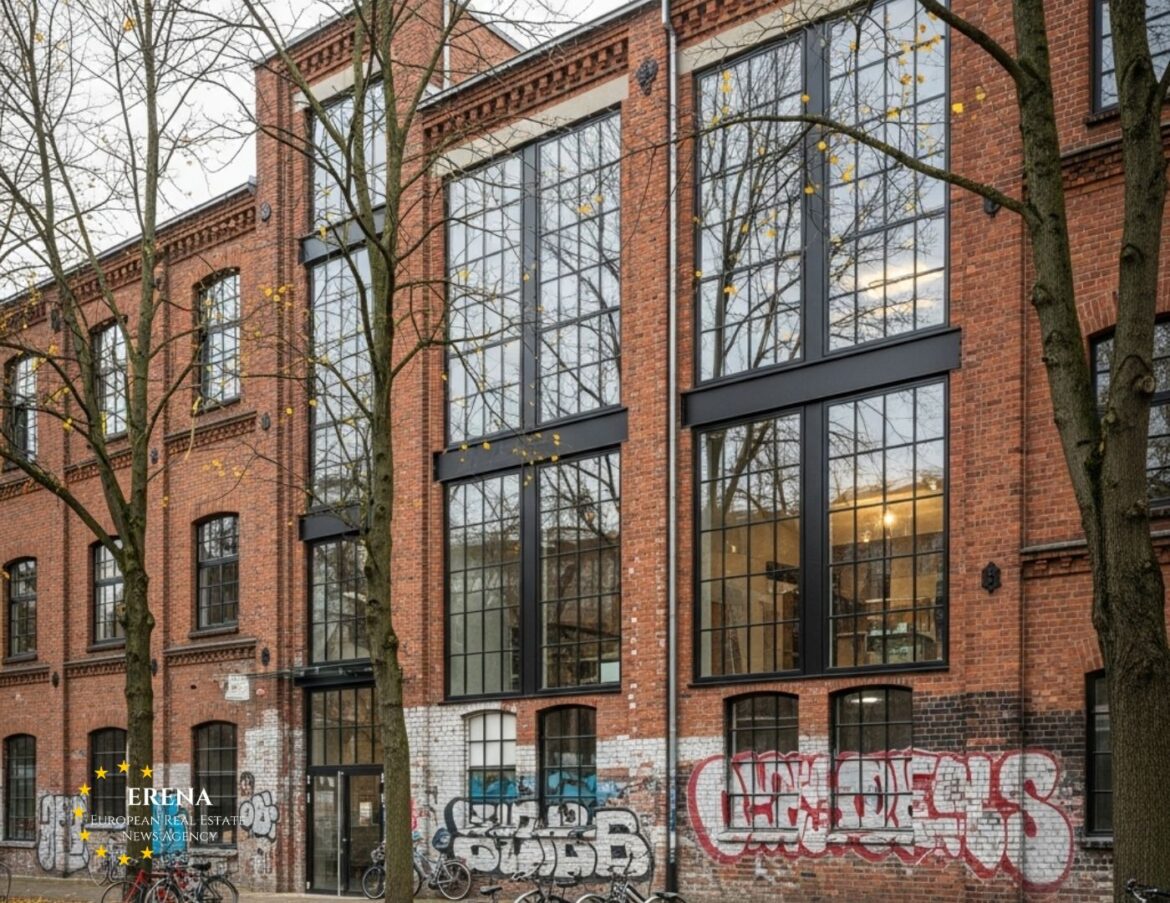In recent decades, Europe has experienced a new wave of industrial landscape transformation. Old factories and industrial zones that once symbolized the continent’s manufacturing might are now becoming venues for cultural initiatives, residential projects, and sustainable businesses. This process is more than just architectural reconstruction—it’s a revival of urban identity and a search for balance between heritage and innovation.
From Ruins to Renaissance: The Second Life of Industrial Buildings
Many factories from the 19th and 20th centuries were abandoned following deindustrialization in the 1970s–1990s. However, since the early 2000s, cities have begun to recognize the value of industrial heritage, not only culturally but also economically.
For example, in Germany, the Zeche Zollverein plant in Essen, a former coal complex, has been transformed into a cultural center and added to the UNESCO World Heritage list. Today, it attracts more than 800,000 visitors annually and serves as a venue for museums, exhibitions, educational programs, and food festivals.
In Lyon, France, an old textile factory has been converted into a residential district with loft-style apartments, offices for creative industries, and green areas. Investments in the project amounted to around €52 million, with local real estate values rising by 20–25%.
The Economics of Reuse: Profitable and Sustainable
Renovating industrial buildings is becoming increasingly cost-effective. According to the European Commission, renovation costs are on average 15–20% lower than new construction, while CO2 emissions can be reduced by up to 60% through reuse of structural elements and minimization of construction waste.
Such projects often benefit from government and EU subsidies for sustainable development, cultural heritage, and energy modernization. In the Netherlands, for example, over 40% of industrial renovation projects are partially funded through the national “Circular Building 2030” program.
Architecture and Urban Environment: A New Rhythm for Old Walls
Old factories offer unique opportunities for architects: high ceilings, large windows, solid structures. This allows for creative freedom and unique spatial solutions.
In Milan, the former Ansaldo factory was converted into the BASE Milano cultural center, covering over 12,000 m² with co-working spaces, galleries, workshops, and cafes. Rental costs range from €15 to €25 per square meter per month, making it attractive for startups and young artists.
In Barcelona, the Fabra i Coats project—a former textile factory—now includes a cultural center, artist residencies, and municipal facilities. This project has become a model of sustainable urban policy and has won awards at European architectural competitions.
Impact on the Real Estate Market
Renovated industrial districts show consistent price growth. In Gdańsk, Poland, the Stocznia Cesarska district saw a 35% increase in housing prices over three years following the redevelopment of the old shipyard. The average price per square meter rose from €2,000 to €2,700.
In Berlin’s Oberschöneweide district, after converting former AEG factories into a technology and design campus, office rental prices rose from €9 to €15 per square meter per month. Investors are actively buying properties in such zones, expecting steady returns of 5–7% annually.
Social Dimension: Spaces for All
The revival of factories is often accompanied by the creation of inclusive public spaces. Former industrial sites become community hubs with libraries, educational centers, community kitchens, and recreational facilities.
In Rotterdam, the former Van Nelle factory now houses cultural institutions, primary schools, and event halls. This helps bridge social divides and integrate previously isolated areas into the urban fabric.
Challenges and Barriers
Despite the benefits, redevelopment projects face significant challenges. Key obstacles include:
- Costly environmental clean-up, especially at chemical and machinery sites;
- Legal complications with property ownership;
- Adapting old structures to modern safety and energy standards;
- Potential local resistance due to fears of gentrification.
Outlook
According to the European Investment Bank, over 150 major industrial sites in the EU are currently undergoing redevelopment. Total investment is estimated at €8.4 billion.
Furthermore, under the EU Green Deal, building reuse is viewed as a strategic tool for combating climate change and enhancing urban resilience.
Conclusion
Europe’s industrial revival is more than a trend—it’s a transformation based on respect for history, environmental responsibility, and social harmony. Old factories are becoming symbols of renewal, where past and future merge in a sustainable present.
With each new project, Europe not only restores concrete and steel but also breathes new life into urban culture, the economy, and society.

